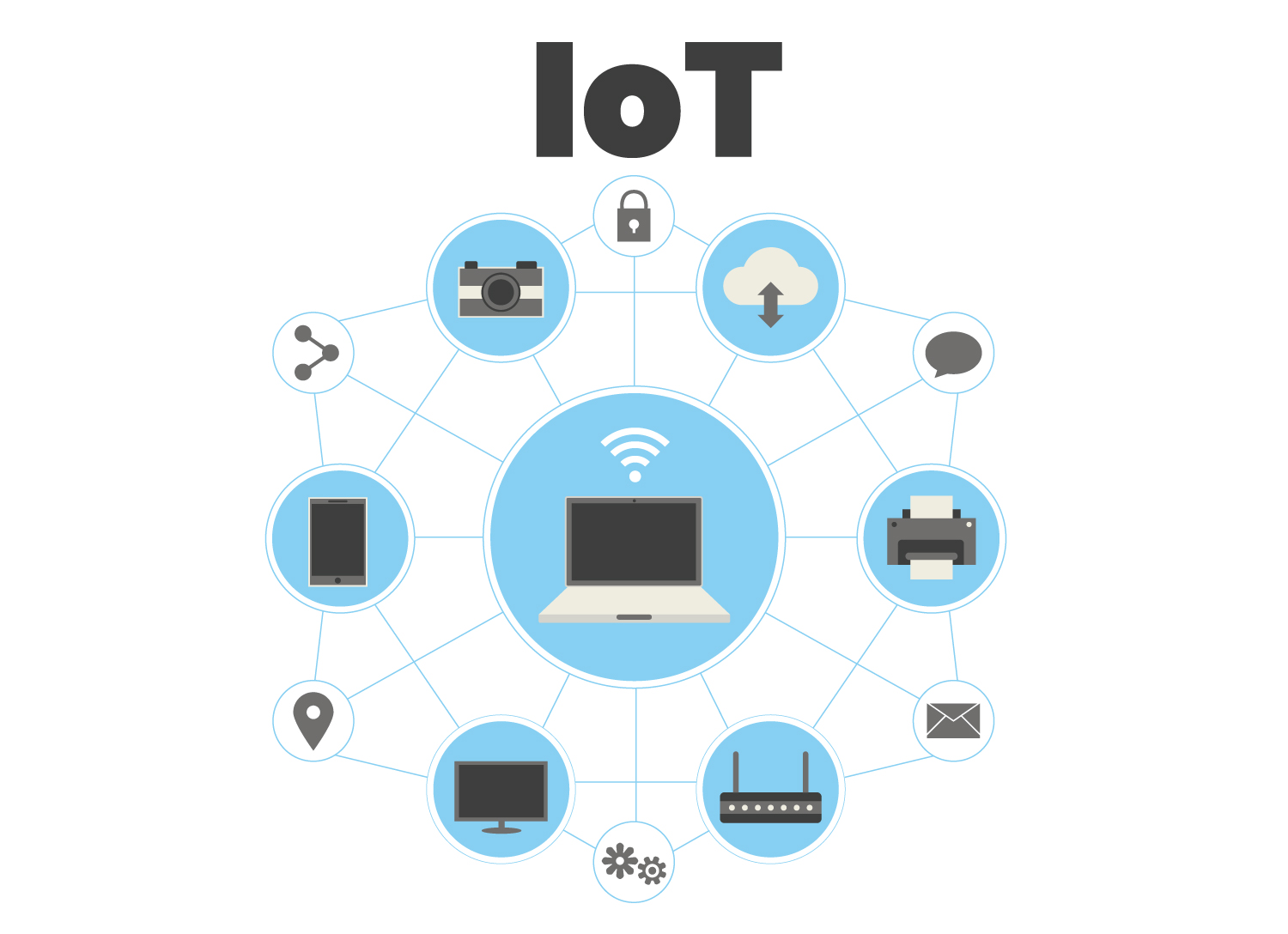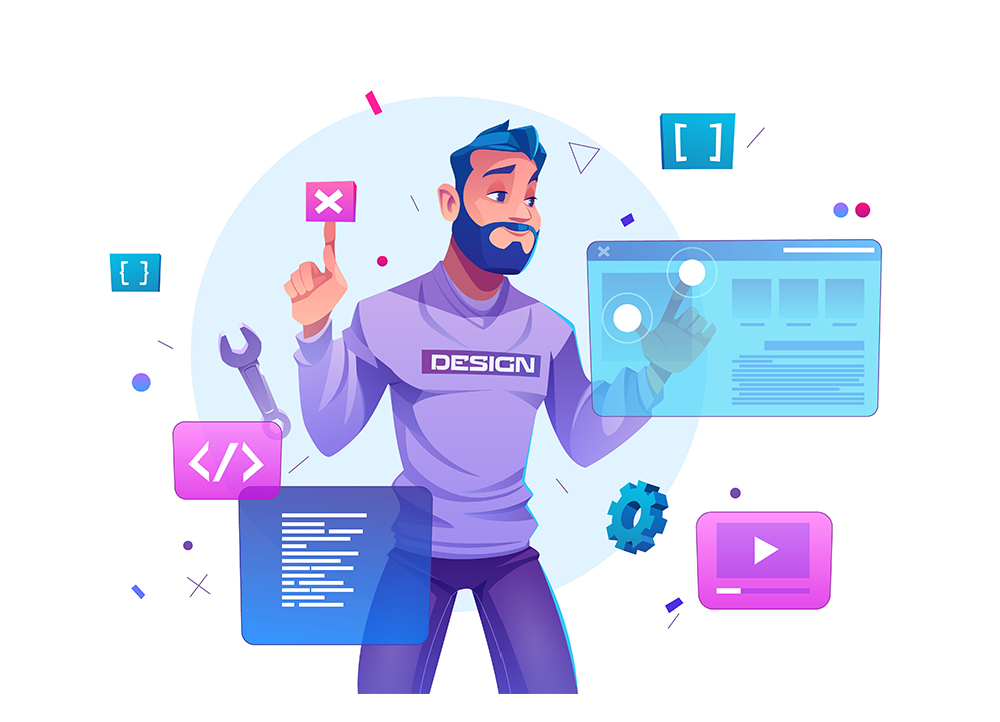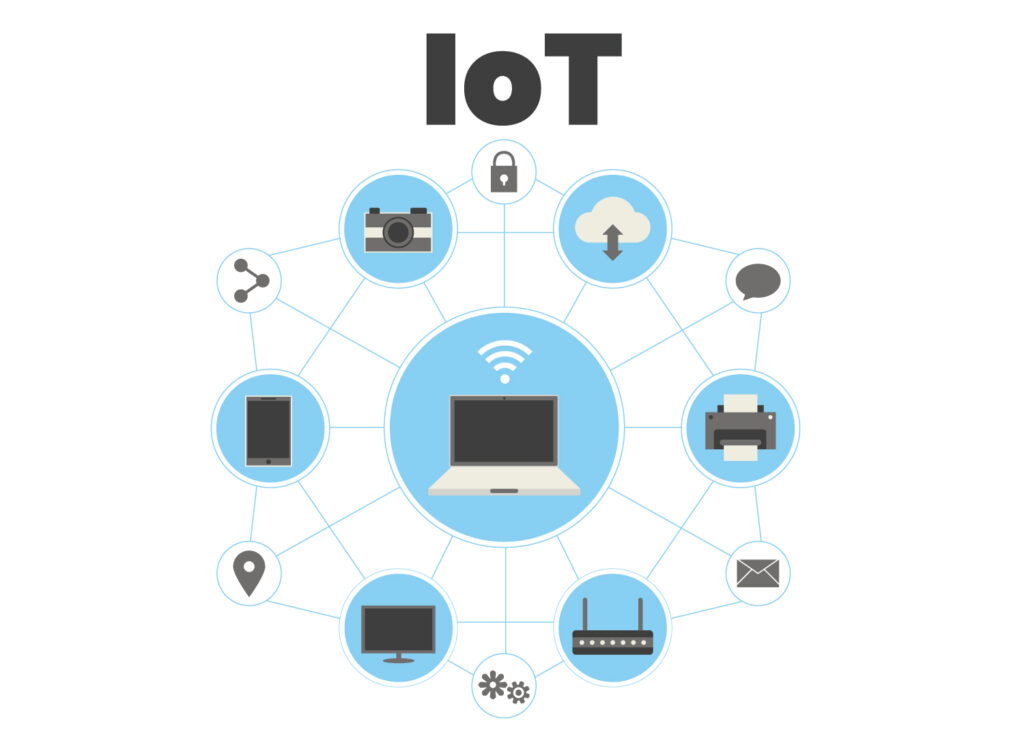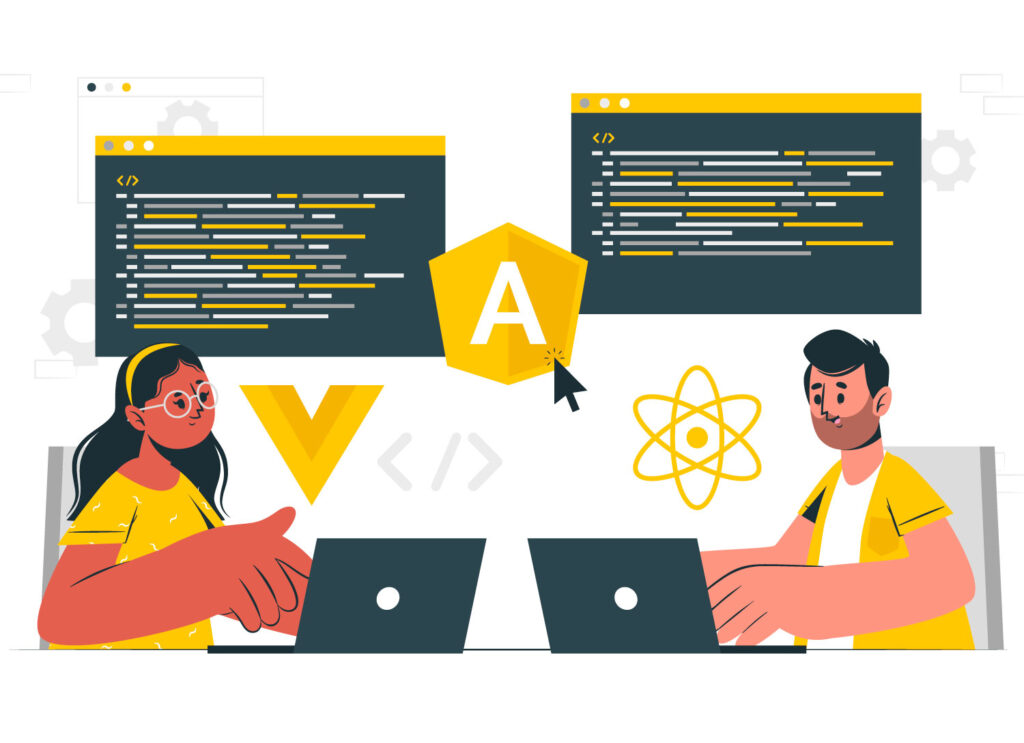Beyond Connectivity: How Telcos, Software Developers, and Businesses Can Answer the Newest IoT Challenges

The leading tech giants; Apple, Google, and Microsoft were the most valuable brands in 2020, making billions off of unique, innovative, ML and AI-powered ideas. The OTT players with similar mindsets bypassed cable and satellite televisions (such as Netflix and Prime Video) and also made a fortune, devouring another potential revenue stream.
It was high time for Telcos to step up and claim their territory, bringing forth 5G, contributing in the smart homes and buildings market, and flaunting the ‘connecting everything’ motto. For example, in 2014, Vodafone acquired Cobra Automotive, now known as Vodafone Automotive, to boost their connected car strategy and companies like Easydom and Spain’s Telefónica partnered up with Microsoft for smart home solutions. According to a recent IBM study, about 57 percent of the telecom operators surveyed wanted their company to become a platform provider.

Source: Delta Partners Group
A Plan of Action to Start With: IoT Architecture
With the growing inclination towards automating just about everything — from having a central system that connects lights, air conditioners, and home appliances to industries running on sensor data and adoption of low-cost ways to automate and connect industrial systems with smart solutions — many Telcos’ CEOs have made bold statements about how much they’re going to benefit from IoT. Is that just hype? These statistics prove otherwise, claiming that the number of IoT-connected devices in the world by 2030 will be roughly equal to 25.5 billion.
What does this mean for software developers? Big bucks! It’s a goldmine for any business that can manage an in-house team of developers, engineers, and EAI services to provide a competitive advantage to their clients!
For starters, AT&T, Verizon, and even Vodafone are some flagbearer examples that have deployed narrowband IoT and LTE networks, connecting devices over the long-range to develop smarter networking solutions for businesses.

Source: IBM
Service Level Agreements (SLAs) can ensure real 99.9% uptime for consumers and if Telcos commit to providing IoT-based solutions, you can deliver not just close-to-perfection uptime but also ready access to APIs, sim management, and port. Of course, it’s only possible when you’ve got a plethora of data at hand and you’re willing to put it to use for the greater good. AT&T is an excellent example in this case.
1.Applications
By offering custom IoT-based applications or purchasing IoT-powered solutions from third parties and leveraging them to present actual solutions.
At Genesis Engineering, we provide custom IoT software development services catered to enterprise adopters in real estate, automotive, telecom, and more! From data collection to analyzing data to its visualization, we’ve become fairly confident in helping telecommunication companies stay up to date on the latest technologies, providing custom solutions for the telecom ecosystem to help devise revenue streams and succeed in newer business models.
2. Platform
Aiming for IoT-powered platforms with proven AI-based analytics and their maintenance services with the intent and expertise to be irreplaceable in the industry.
3. Network
IoT sensors, devices, and seamless connectivity are now helping businesses save millions by just having the ease and liberty of monitoring their huge number of employees through WFM (Workforce Management Systems). These systems also help in smart home solutions and automation.
4.Devices
In synergy with network and connectivity-based solutions, having an in-house team or near-shore development services similar to that we provide at Genesis, can be tough to manage if you haven’t done it before.
So let us take over those devices and sensors. We’ll take care of the drudgery. You? Start planning big!
Challenges Faced When Monetizing the Value of IoT Platforms
If anybody is going to survive being the sole enabler of a platform, there will be a need to retain and attract major industry players. The Directors of Digital Transformation may want to stop and reflect on three things at this point:
- What would businesses want to opt for their platforms? Will they not eventually end up with their own in-house teams for the purpose and just use outside contracts for necessary assistance?
- Having to study the businesses in detail to determine what to and what not to offer.
- Since there is and eventually will be an even larger demand for IoT-based platforms, what can they offer to become true enablers of the whole process?

Source: Ericsson
Pipefication
Companies like LoRa that offer unlicensed, spectrum-based technologies and big data companies offering complete operations are not the same. Telcos are constantly faced with fierce price challenges in the market while running in the shadow of big fish.
Either plan to benefit from it just by providing pipes, or avoid pipefication altogether to incubate only high-value customers are some decisions that await you. Our advice? No dangling in the middle and narrow your crosshairs down to provide and retain maximum value in the long term.
The Data: A Dilemma or a Plethora of Opportunities?
One in every four large organizations will be either selling or buying data on actual marketplaces in the future but Telcos, in particular, have a goldmine at their disposal. They are meant to thrive on data that’s flowing through their infrastructure.
Our advice? Use it to your benefit.
While we’re all as hyped as we could be for the exciting IoT breakthroughs, there’s also a need to pay heed to the large playground hackers now will have access to.
Security breaches are a real threat to the IoT ecosystem, but Telcos can make or break the system and play a key role. Although it’s mainly about adopting the right technologies, opting for blockchain-based, AI-powered, and other cloud-based secure environments is the only way forward.
And it’s only possible when you have a reliable team of developers, engineers, and designers. At least that’s our motto at Genesis Engineering.
The Role of Software Development in IoT
IoT has dominated our lives, workplaces, and homes — the gadgets make our daily functioning easier. And with this digitization, comes the evergrowing need for managing automation, possible applications, services, and any efficient systems that can benefit your business.
The innovative deployment of IoT across industries is possible through the healthcare industry, smart homes, industry 4.0, agriculture, security systems, automotive, logistics, retail, education, and more!
At Genesis Engineering, we’re aware of this. And we’re aware of the benefits that these applications and workforce management systems bring to the table. So while designing IoT systems, we put functionality and usability on top.
IoT Development Platforms
AWS
Amazon Web Services is an excellent development platform that offers multilayer security, connectivity and control, analytics services, integration, and more! It’s undoubtedly one of the most widely used platforms for IoT-based applications these days.
Azure
Azure comes from Microsoft and this is also an excellent IoT Development platform. It offers data collection, visualization, and analytics. Developers won’t need to worry about making big changes to improve interoperability between multiple devices.
IBM Watson
Watson from the tech-giant IBM is a great tool that offers data analysis, risk visualization, quick implementation, and security.
IoT OS
IoT systems don’t require a lot of processing power or RAM. This means that you need an OS that isn’t resource-intensive. The following two Operating Systems can be perfect in this regard — light and NOT resource-hungry.
Arm MBED OS
Arm MBED offers multilayer security, 6LoWPAN, Ethernet, Wi-Fi, and Bluetooth connectivity. It’s an open-source OS for IoT development and meets all the requirements.
Raspbian
This is a widely popular OS for IoT systems — optimized for Raspberry Pi hardware. It’s easy to use and can compile up to 35,000 packages.
IoT Programming Languages
While C and C++ both offer a good hardware perspective, the following two languages are taking the lead for IoT platforms today:
Python
Since the code needs to be short and easy to compile, Python automatically becomes a great fit for IoT applications since it can easily handle data-heavy applications.
Java
Java is a great option too since it’s compatible with a lot of peripheral devices — well suited for IoT systems/devices.
The Way Forward: Choosing What’s Best for Your Business
Whether you’re a Telco owner or a small-business CEO, if you can afford to manage an in-house team of developers, great. If you can’t and don’t want to micromanage a whole new team, you can outsource the deed to another company that serves as a bridge between your business and efficient solutions.
The aforementioned technicalities should serve as a good insight into where you can start. If you have any more questions, the following paragraph should make things clearer:
Why Invest in IoT Development?
The Internet of Things gives you and your company the ability to integrate multiple different devices and be able to observe and control them from a central system.
This can either be a workforce management system at your office with RFID sensors, biometric verification, etc., or smart home systems, healthcare devices, or a tracking system for the supply chain management.
If you are to take advantage of these systems, you’re going to need IoT development services that can give you hands-on integration solutions for your hardware and software. The whole process is divided into three phases for you to better be able to benefit from it:
- The integration of fresh software platforms with the devices so the entire system can be mapped onto real-time applications and devices/sensors.
- Testing all the functionality and making sure everything works as desired. All the business requirements must be met at this point.
- Regular maintenance of the device/software and improve business adaptability to the implemented solutions.
The Takeaway
The key takeaway here is that IoT is here to stay — and its implementation is only going to spread. The systems will get more innovative but the need for them is there for the foreseeable future. This brings businesses and software developers to an intersection where the two entities can negotiate their needs and start to benefit from each other better.




